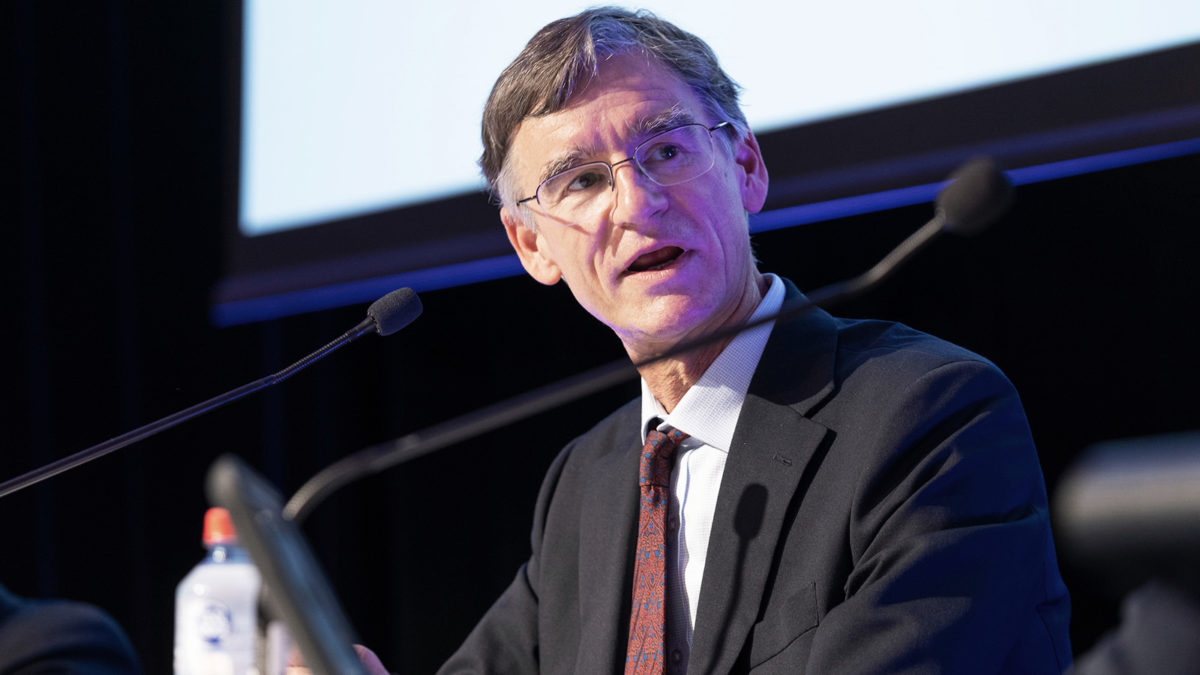‘We’ve got clear air’: How Brighter Super set itself up for post-merger success
Over the last three years, the merger of LGIAsuper, Energy Super and Suncorp’s super business to create Brighter Super has effectively ruled daily life for CIO Mark Rider and the investment team.
Often, the best thing in investing is to do nothing. But super fund mergers – which see the consolidation of product menus, and the revamp of governance frameworks and the investment team – require a fund to make some big swings to set it up for a better future.
“You don’t want to chop and change your strategy too often,” Rider tells ISN. “But when you’re merging funds, whether you like it or not, you’ve got to make decisions about how you position the fund.”
One of those decisions was around Brighter’s MySuper product, with the combined fund effectively having three to choose from. The decision was ultimately made to make the MySuper be as “true to label” as possible – a simple, low fee product meant for default payments – and that meant going completely passive in equities rather than maintaining a mix of active and passive.
“We’re in a competitive market; how do we want to position this product in that market? The key thing from my perspective was how we best build that and how we generate the returns expected versus peers and the YFYS benchmark and our CPI+ objective. Then there’s decisions about how the funds would evolve in a merger and how they’d be brought together.”
On the 31st of May Brighter Super consolidated its investment menu from 32 options to 16. Now that the three funds have been brought together properly, Rider and the team are able to consider the incremental investments that will add value – “the really fun thing”.
“We’ve got clear air, where before when we were dealing with merging funds and trying to manage for the future it became quite complicated… Now we’re looking ahead at the marginal investments and strategic changes we can make. The whole thing is to make sure that you don’t get whiplash and look too much in the past and extrapolate that, because that might just lead you to investing in yesterday’s heroes.”
Rider describes the fund’s investment approach as “constrained optimisation” – building the highest returning portfolios possible in the knowledge that they must function with reference to the fund’s membership and exogenous factors like the market environment.
“Do we want the fund to be high risk, or really constrained? Are our members young or old, and do they prefer stability? Do we want to be a fund where we don’t mind having high fees as long as you get the return? Or do you want to position our fees strategically? There’s also the consideration about the level of illiquidity of a fund with older members, as well as dealing with climate change and sustainability issues and what that means for investments.”
“When I came in there were a lot of thoughts about how the fund should be positioned. But we needed to keep in mind that when we went to build the portfolio there are trade-offs that would have an impact on what we did. We do the best we can, but we aren’t doing that with a clean piece of paper where the investment team runs off and does what it wants. It’s a whole of fund effort, a whole of executive effort, towards designing a fund that meets the needs and demands of our members.”











